Latex paint peeling off in sheets on new drywall
mocxr
5 years ago
Featured Answer
Sort by:Oldest
Comments (77)
mocxr
5 years agoRelated Discussions
new paint in bathroom peeling in sheets - why?
Comments (3)Pretty-much only 2 possibilities here... 1) Drywall dust not removed good enough, AND/OR... 2) Primer got too dried-out. >>> It's obviously primer on the backside of the paint-sheet. Something caused the primer to fail. As the thicker coats of new paint went on and dried, they "pulled" off the poorly adhering primer. >>> Was that drywall sanded & just primed without removing dust?!?!? Ideally... * Primer should be covered with paint the same day. Next day at the most. * A Navy like that should have 5-6 hours between coats. * Full cure even for light washing is ONE MONTH. Faron...See MorePeeling Latex over Oil Base Paint.... help!
Comments (13)Yes Tinker.... You're one of the waaaayyyy too many victims of the "Realtor-induced" Paint-the-trim-and-sell-it phenomenon. I REALLLY WISH most sellers would leave well enough alone. Slapping-up a quick coat of paint usually causes MORE headaches for the new buyers. Sure....it looks good for a bit right before a sale, but then the reality of NO PREP sinks in! Latex paint IS RUBBERY for quite some time! That's the major advantage....flexibility. If it was as hard as Oils, it wouldn't breathe. The Truth/Remedy can be a b*tch....peel-off/sand-off/strip-off the existing paint. The existing paint not peeling now soon will be. And yes, obviously, choose Top-notch 100%-Acrylic paint in a Satin or higher sheen. Once the old oil paint is thoroughly scuff-sanded with 100-grit paper & all dust removed...you're at last ready for 2 coats of your new paint. Priming...wellllll....never hurts, but if you sand well, AND get real good paint, you're good-to-go! Faron...See MoreHave Peeling Latex over Oil Want to Repaint
Comments (2)You have to get off all the latex. It will continue to come off on its own unless you remove it all now. It's a huge PITA; that's why 75% of paint work is usually prep. If you then sand and prime w/oil primer, you can apply any finish coat you wish. Casey...See MoreHelp! Latex Paint peeling. Now what?
Comments (12)Yikes! It's peeling because there was literally nothing for the paint to stick to, except for the tape, that is. Before you paint any slick surface, you should at least give it a good sanding, (known as giving it a tooth) and then prime. Also, you shouldn't use latex over an oil paint. But, none of that matters now. You can A). completely sand the surface, prime and then paint again. Or, B). have a panel cut to fit; 1/8" beadboard or MDF, then prime & paint the new surface, trim out top, bottom and 2 sides with a small profile moulding. Make sure your shelves will fit w/the moulding, or you can simply use caulk if there is a gap. (I also posted this on the paint forum, but thought I'd put it here, too) I hope this helps, and I do love the look of a contrasting color on cabinets....See MoreUser
5 years agolast modified: 5 years agomocxr
5 years agoUser
5 years agolast modified: 5 years agoThe Kitchen Abode Ltd.
5 years agomocxr
5 years agopaintguy22
5 years agoThe Kitchen Abode Ltd.
5 years agoPatricia Colwell Consulting
5 years agoSammy
5 years agomocxr
5 years agolast modified: 5 years agoci_lantro
5 years agomocxr
5 years agomocxr
5 years agomocxr
5 years agoThe Kitchen Abode Ltd.
5 years agomocxr
5 years agoThe Kitchen Abode Ltd.
5 years agomocxr
5 years agolast modified: 5 years agoThe Kitchen Abode Ltd.
5 years agomocxr
5 years agomocxr
5 years agolast modified: 5 years agopaintguy22
5 years agoJudyG Designs
5 years agolast modified: 5 years agosuezbell
5 years agomocxr
5 years agolast modified: 5 years agoJudyG Designs
5 years agolast modified: 5 years agomocxr
5 years agoJudyG Designs
5 years agomocxr
5 years agopaintguy22
5 years agotatts
5 years agopaintguy22
5 years agoBluegrass Asset Management LLC
3 years agoTony Rader
2 years agomocxr
2 years agoGreg Beach
2 years agomocxr
2 years agosuezbell
2 years agolast modified: 2 years agomocxr
2 years agoGreg Beach
2 years agomocxr
2 years ago
Related Stories
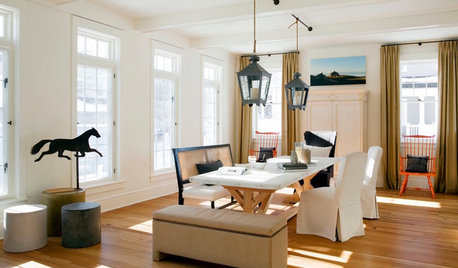
WHITEDesigner Secrets: 10 Pros Share Favorite Off-White Paints
From creamy white to barely beige, these hues will warm up your room
Full Story
PAINTINGWhat to Know About Milk Paint and Chalk Paint — and How to Use Them
Learn the pros, cons, cost and more for these two easy-to-use paints that are great for giving furniture a vintage look
Full Story
MATERIALSRaw Materials Revealed: Drywall Basics
Learn about the different sizes and types of this construction material for walls, plus which kinds work best for which rooms
Full Story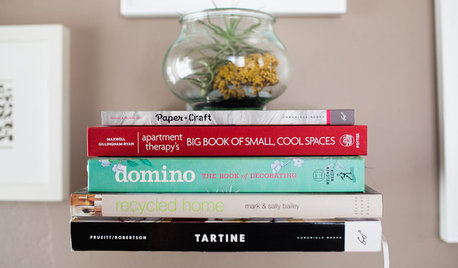
DECORATING GUIDES8 Reasons to Jump Off the DIY Bandwagon
You heard right. Stop beating yourself up for not making stuff yourself, and start seeing the bright side of buying from others
Full Story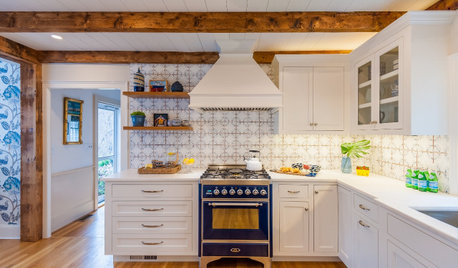
KITCHEN MAKEOVERSHand-Painted Tile Inspires a Long-Awaited Kitchen Remodel
Houzz stories provide a Massachusetts couple with inspiration and lead them to designers who transform their kitchen
Full Story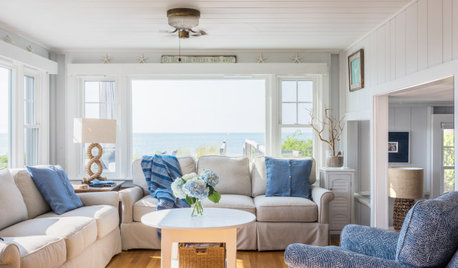
WHITEWhat to Know Before You Paint Your Walls White
A coat of white paint can do wonders in one room and wreak havoc in another. Here are tips for using the popular hue
Full Story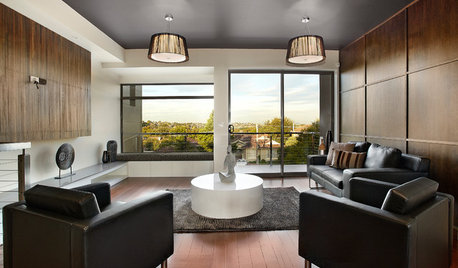
COLOR11 Reasons to Paint Your Ceiling Black
Mask flaws, trick the eye, create drama ... a black ceiling solves a host of design dilemmas while looking smashing
Full Story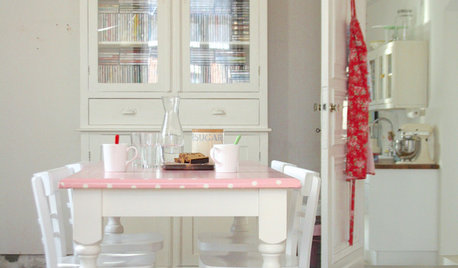
DECORATING GUIDESWake Up Tired Furniture With Paint, Paper and Fabric
Give ordinary pieces a new spin with crafty updates, like a fresh tabletop, decorated sideboard and wall-size pinboard
Full Story
Houzz Call: Show Us Your Paint Makeovers
Let your newly repainted house or room do the "How d'ya like me now?" strut right here — it might just be featured in an upcoming ideabook
Full Story
KITCHEN CABINETSKitchen Cabinet Color: Should You Paint or Stain?
Learn about durability, looks, cost and more for wooden cabinet finishes to make the right choice for your kitchen
Full Story


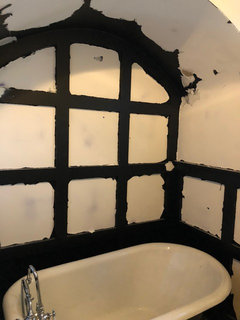
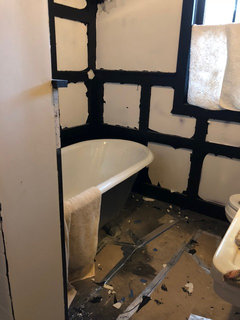

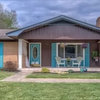

The Kitchen Abode Ltd.